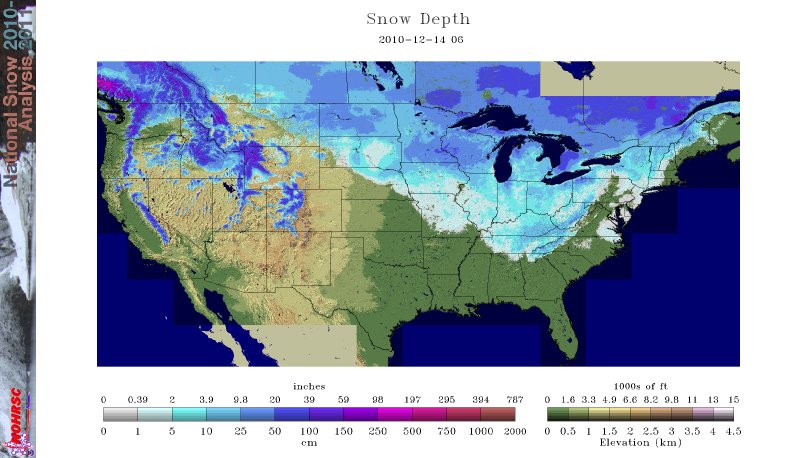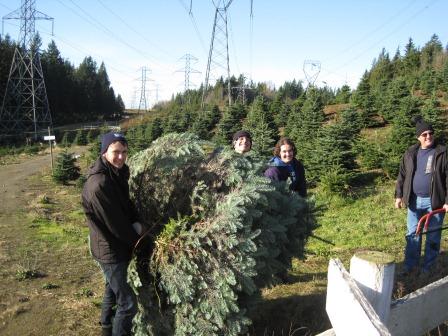
Last Christmas tree post for me this year and, sadly, it’s not a pleasant one. As reported by that beacon of journalistic integrity, FOX news, right-wing bloggers killed a marketing check-off program that US Christmas tree producers had worked years to enact.
http://www.foxnews.com/politics/2011/11/09/merry-christmas-agriculture-department-imposes-christmas-tree-tax/
For those that are not familiar, a check-off program or agriculture marketing order is an assessment that a commodity group levies against itself to raise money for marketing and research. Common examples of marketing campaigns associated with check-off programs are “Pork – the other white meat”, “Beef – it’s what’s for dinner”, “the incredible edible egg”, and “Got milk?” In the case of the Christmas tree check-off, growers voted to assess themselves a 15-cent fee for each tree harvested to go into fund to support a marketing campaign and research. A majority of US growers felt the program was a good idea in order to promote their product against foreign-produced artificial trees. The USDA gets involved in these programs essentially as a neutral third party to help collect the fees and oversee the operation of the marketing board, which is made up of growers and grower-elected representatives. If the growers didn’t like how the program was working out, they had the option to kill the check-off after three years.
All sounds pretty reasonable and rational, right? It did until right-wing blogger David Addington stumbled up the marketing order in the Federal Register and dubbed it “Obama’s Christmas tree tax”. http://blog.heritage.org/2011/11/08/obama-couldnt-wait-his-new-christmas-tree-tax/ Once ‘Obama’ and ‘tax’ hit the blogosphere you might as well cue up Don Meredith signing ‘Turn out the lights, the party’s over.’ Just in time for the holiday news cycle, media outlets all over the country pounced on the story.
The ironies are to numerous to mention all of them, but here are just a few. I attended a regional meeting of growers when the check-off was being debated. Except for the university scientists and extension observers on-hand, the number of people in the room that voted for Obama in the last election was roughly zero. Moreover, it was the US growers themselves, not Obama or the USDA that pushed for the check-off. To the best my knowledge, both the President and the USDA have enough on their plates already without sitting around thinking “You know, announcing a tax on Christmas trees right before Christmas would be a good idea”.
While ironies abound, so do disappointments. The administration, with little to gain except a lot of negative and misinformed press, quickly washed its hands of the proposal. This means the US producers; many of whom had invested years developing and championing the marketing program to stave off competition from China, are left back at square one. In fact, after the traction given to the right-wing portrayal of their self-assessment as ‘Obama’s tax’, US growers are now a couple steps behind square one. And it’s doubtful they’ll be able to get back to the start line any time soon.









